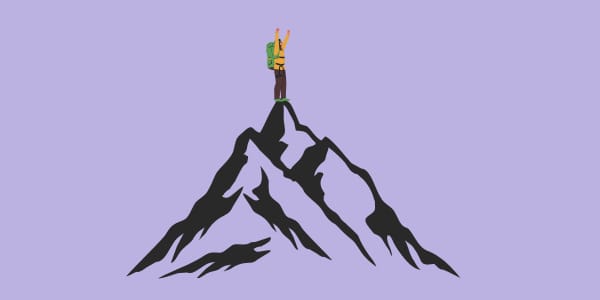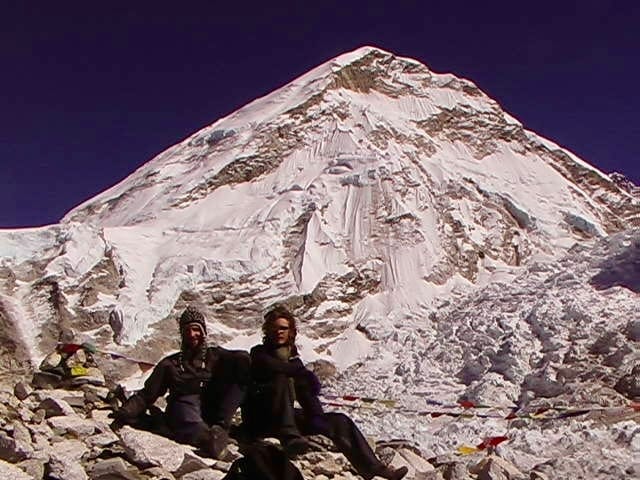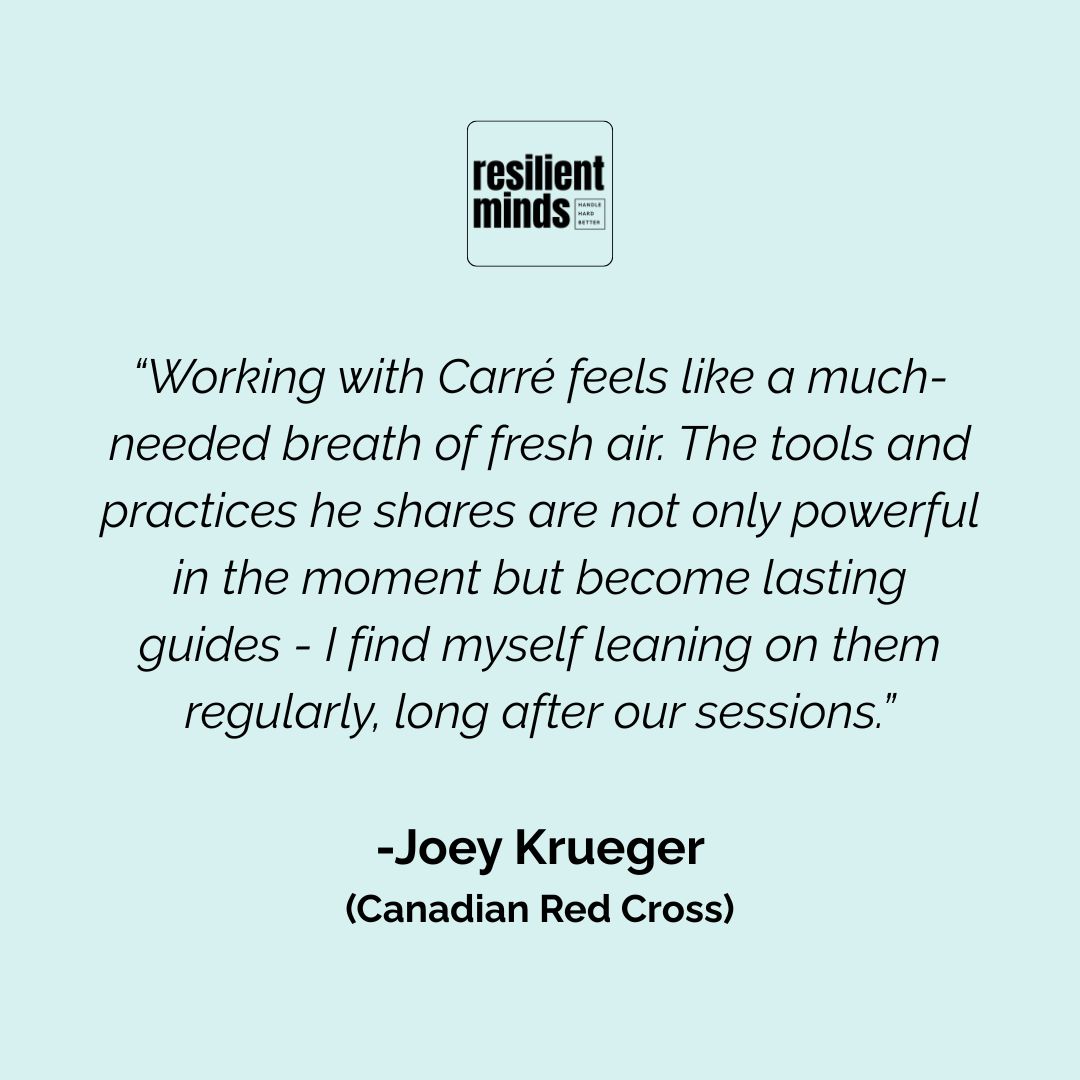- The Resilience Brief
- Posts
- Plan all the way to the end
Plan all the way to the end
A scary truth about climbing Mt Everest.

More people die on the way down from the peak of Mt Everest than on the way up.
Sadly, that is the cold, brutal fact. Roughly two-thirds of climbers who perish on the mountain do so after reaching the summit. And it’s an important metaphor for why we need to plan all the way to the end, so that we can build long-term sustainable success.
Because resilience is the discipline of thinking past the peak, the success, and the glamour so that we don’t just plan for the win, but also for what follows. Most of us can grind our way up, but resilience is what brings us back down safely, ready to climb again.
What happens at Everest is that the adrenaline fades once we’ve hit that peak. The oxygen is thinner, the body is depleted, the mind gets sloppy, and ultimately focus slips.
It’s not just at the very peak though….when I trekked to Everest Base Camp years ago, a friend warned me not to rush the descent. He’d made that mistake a year prior and paid for it with pain and shin splints all the way down. I took his advice and we added two extra days to slow the pace and savour the walk back (including the ridiculous, breathtaking scenery). It was such a moment of enjoyment after the adrenaline and energy required to reach just Base Camp.
But sometimes we forget that sort of advice.
As humans we’re wired to chase the goal, whether its a product launch, the huge campaign, the powerful keynote. That’s when we grind, push, and stretch. But once we hit the goal, we relax. Celebrate. Even collapse a little.
And that’s when the cracks creep in.
How many of us have gotten sick after a big event or huge launch? Or felt totally blank once the pressure lifts? It feels like a weakness, but it’s not. It’s a combination of biology and bad planning.
Dopamine is our brain’s reward chemical. That spikes when we win something or accomplish a goal, but then it also comes back down (sometimes crashing), and when it does, our motivation and focus drop too. At the same time, fatigue can light up the amygdala which is the brain’s panic button. That means that we become more stressed and less capable of clear thinking.
On Everest, that might mean misjudging an important step. In the workplace it can mean approving a shaky plan, snapping at colleagues, or missing a detail that spirals more chaos.
Without a descent plan, we can risk everything we just worked for.
Here are 5 ideas for sustainable resilience.
I don’t want to suggest the idea that we can never celebrate a victory and we always need to be on our toes! That isn’t the message here. Instead, this kind of resilience is about sustaining a certain level of clarity, presence, and discipline to make it safely through the ups and downs. Here are a few ways we can bring “descent thinking” into our daily lives:
Preparation is everything. We’re guarding against fatigue. Whether it’s on the mountain or in the office, exhaustion is the silent killer. Sadly, about 1 in 2 people are dealing with burnout in 2025. On Everest, climbers prepare descent oxygen and food rations before the summit push. In the workplace, that means protecting recovery time after a sprint. Sometimes that can mean offering shorter days, no-meeting zones, or active recovery rituals. Keep energy levels high so that we don’t dwindle.
Celebrate briefly, then reset. It’s natural to pause and acknowledge the summit moment. Take the photo and share the win, but then consciously shift into the next stage in the process. We need to see it through and land it, not just launch it.
Watch for overconfidence. The higher we go, the more tempting it is to believe we’re invincible. But resilience requires humility which can be practiced with a beginner’s mindset. Perhaps we know a little, perhaps we know a lot. But we don’t know everything, and that mindset keeps us on our toes. We should build checkpoints into projects, just like mountaineers have fixed camps. Each one is a chance to reassess before pushing further.
Share the load. Solo descents are dangerous. Climbers rope up, check one another’s oxygen, and call out hazards. Teams in 2025 need the same stuff. We need peer checks, honest feedback, and a culture where it’s safe to slow down for fear of missing something.
Eyes wide open. The descent is complex. That’s when mistakes hide in the details. Build habits of active awareness: debriefs, checklists, and moments of pause that keep everyone alert. A short pause can save hours of rework…which saves hours of stress. And (this is a big one) saving stress at work can have serious downstream benefits on family and health!
We all have summits to conquer. The big wins, bold moments, and achievements we worked like hell to reach. And that is good!
But resilience shows up in what happens next. It shows up when the lights dim, the applause fades, and the inbox fills back up again.
Plan to the end, with clarity, resilience, and always with eyes wide open. Do the work today so we’re ready for tomorrow because we’re not just here to rise. We’re here to return as steadier, sharper, and stronger human beings.
Until next time friends, stay resilient.
Carré @ Resilient Minds
Handle Hard Better
PS - Resilience is what carries us through the descent and transforms the way we lead. If you want your team to master the art of the descent, that’s exactly what my workshops are built for.
PS - Check out the super low-res image of me and my mate at Base Camp, circa 2005.

Andrew and me at Base Camp. Remember that the peak is still ~3.5km HIGHER than Base Camp.
Customer corner: here’s what the lovely Joey at Canadian Red Cross said about a recent virtual session…

If you made it this far…please take a second to rate this one for me 😀
What did you think of today's newsletter? |
Reply